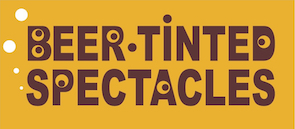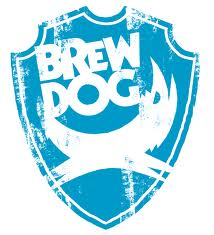In the spirit of Radio 5 Live presenters who like to make awkward and apparently unlinked segues between pieces, here’s mine. Rod Stewart: sensationally weeps after Celtic beat Barcelona in an otherwise dull football match¹, although he has now declared himself “silly” for giving in to such emotional soppiness. Which are the beers you would “Dream about on a jet plane” (or in my particular case, ‘Virgin Train’). Here are my contenders:
Sierra Nevada Pale Ale, which, after naming as my “One Beer to rule them all” in a recent post, would be rather remiss of me to leave off the list. It is naturally a beautifully brewed, versatile, flavoursome and aromatic Californian beer. It is also the one I genuinely think most about on my Friday nights – the most hallowed of all beer occasions.
Windsor & Eton Conqueror: in my book, not a session beer, yet the whole concept of dark beers that don’t taste roasted or charred is intriguing. Conqueror manages this – a beguilingly dark beer, with a fromage frais coloured head and only a lightly roasted note which you pick up in the sides of your mouth. So a burly beer but one which still allows the hop leaf character to show through – too much so in some of their other beers, but judged nicely here.
Menabrea Blonda: someone who I used to work with would choke on her cornflakes knowing I put this beer on my list. Brewed in picturesque Biella in the Piedmont region in Italy, the beer itself is a fairly ordinary pale lager. But it’s the associations that swing it for me – a great match for Friday night pizza, a bar in downtown Milan, the brewery nestled up a tight street in the foothills of the Alps. Shallow I know, but I can live with it.
St Austell Tribute: something has happened down in Cornwall. I used to live in Devon and my recollection of St Austell (company not place, although it could have described both) was ‘good pubs, dodgy beer’. And it was all acronyms like ‘St Austell HSB’ or ‘Bodmin PMT’ that sort of thing. Perhaps it was Sharps. Doom Bar taking off and being bought for nigh on £20 mill must have woken up the Cornish to their terroir as there are some cracking beers emerging from west of the Tamar now. Tribute makes the list – I can get it in my neck of the woods, and it’s a drinker, but Betty Stogs would be on it too if it was more available.
Schneider Weisse: this is the daddy of the Bavarian wheat beers for me. Erdinger is a little too clovey, a little too texturally thin and a touch too ethanolly in taste for me. Schneider though, nails it. In decent distribution now in the UK too, which is handy.
Jennings Cumberland Ale: another associative beer for me – this one is the Fox and Hounds in Threlkeld, the slopes of Blencathra looming behind. Or the Old Dungeon Ghyll in Langdale. Supping slow pints after a day getting lost on Crinkle Crags (again).
Goose Island IPA – Chicago, 1999. I had been in the US studying for my MBA international assignment and stayed over to meet my brother who was living in the US back then. He flew to meet me in the windy city and we had 48 hours of tourist highlights. These included a ‘Half Rack of Ribs’ (note: a half rack, between us) taken I think from a white rhino in the Anchor Chop House. And a deep dish pizza in Pizzeria Uno. An 8” being enough stodge for 3. But hell, the beer was the revelation. Goose Island beers in what we thought would be our crappy ‘Hospitality Inn’ bar, but turned out to be a drinkers’ honey pot. Glasses of IPA and Honkers: untouchable.
¹Football fans please forgive me. I did not watch this match nor any other. Ultimately, it’s lots of grown adults getting all het up about kicking a pig’s bladder.
© David Preston, Beer Tinted Spectacles, November 2012


